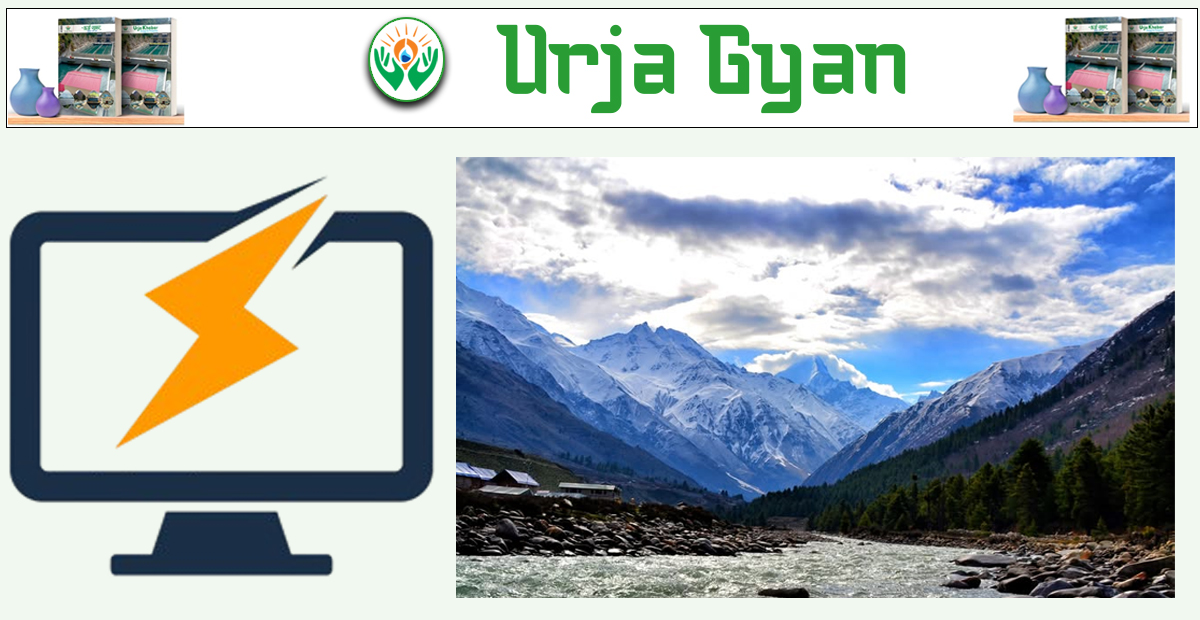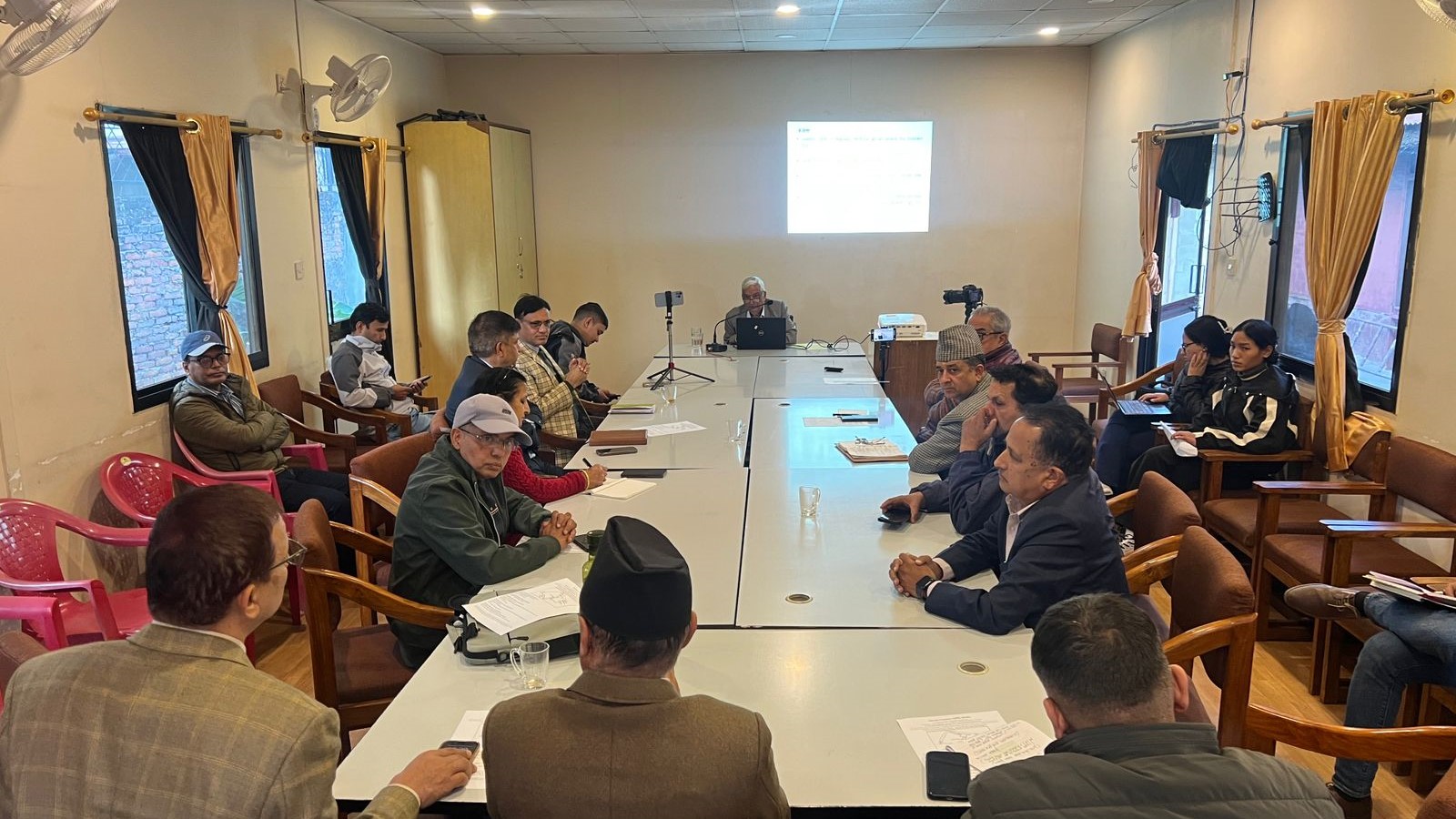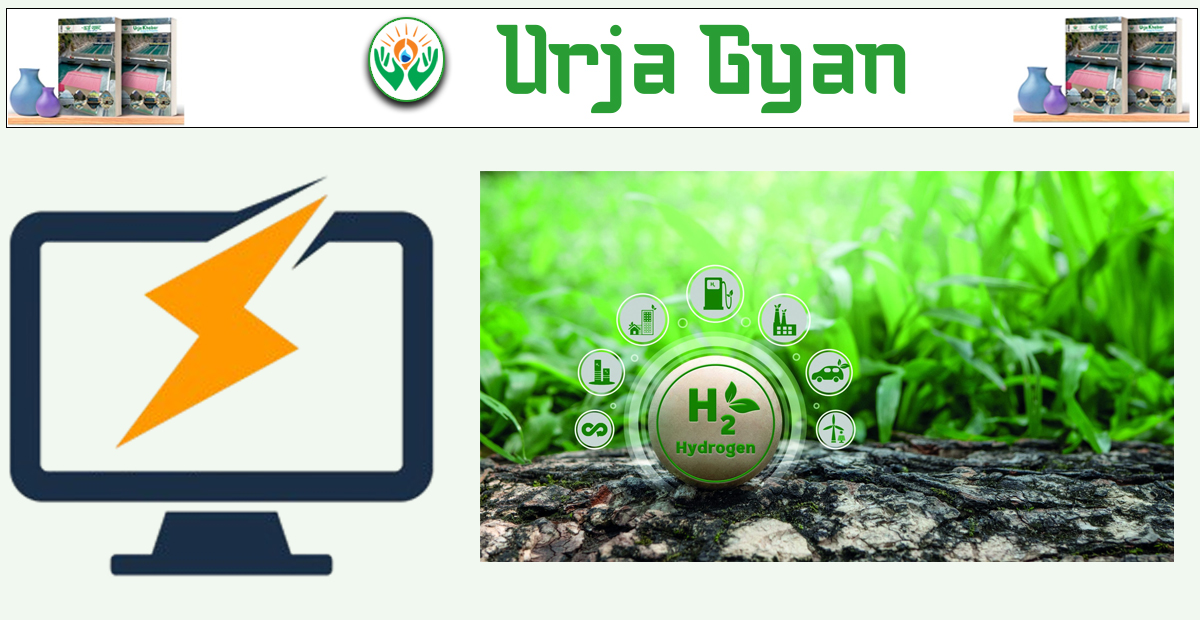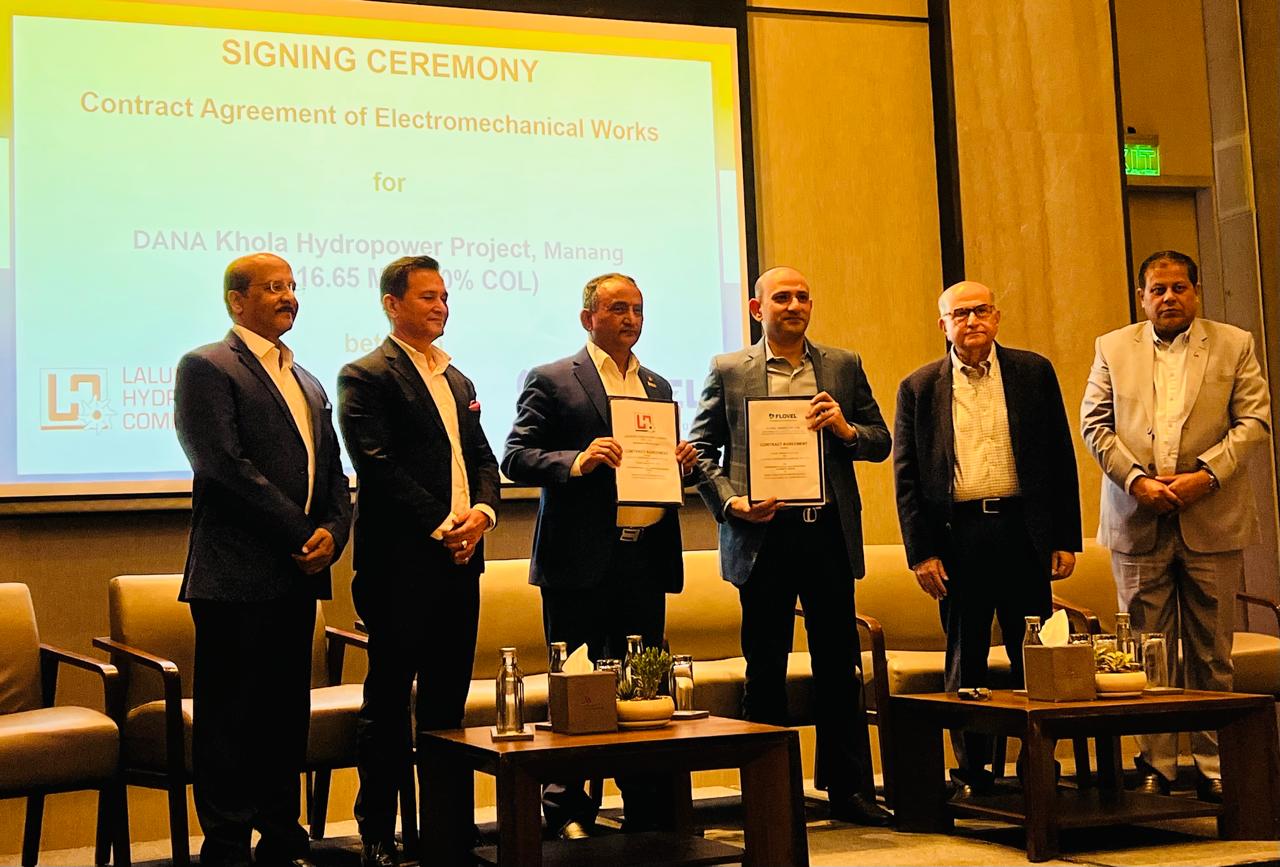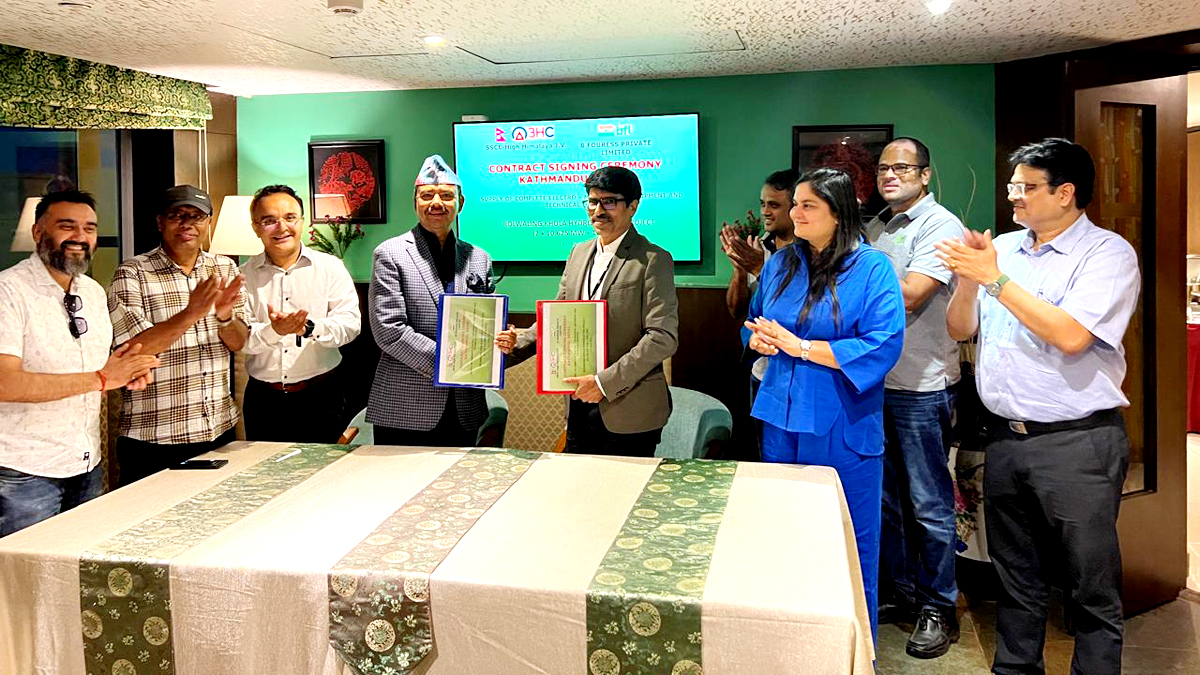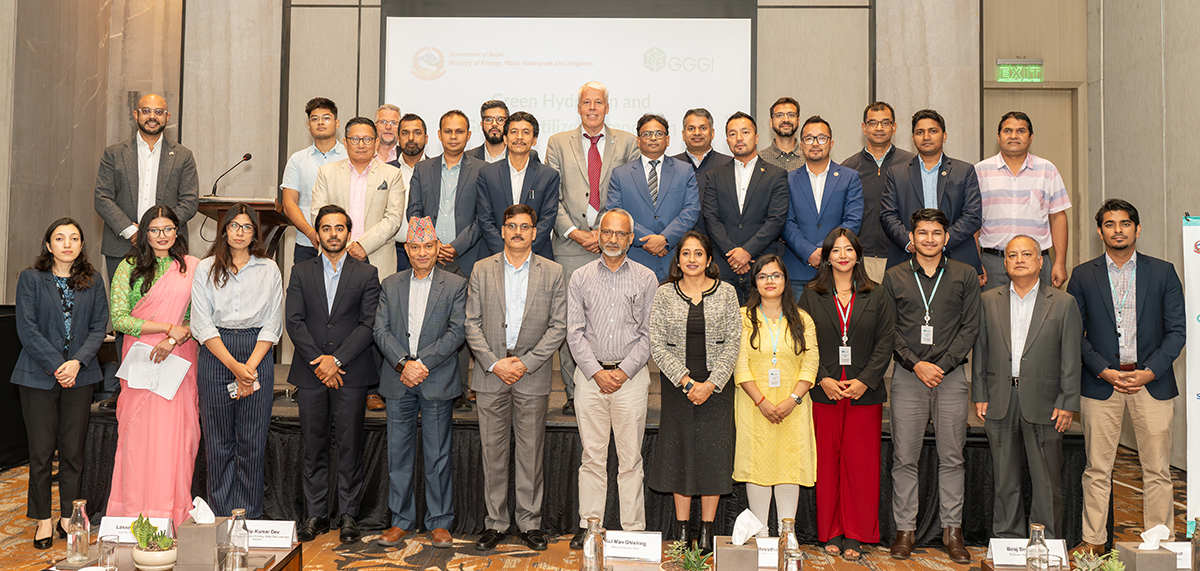Energy Update
Green Fertilizer Plant Worth NPR 26 Billion Planned in Koshi Province

Kathmandu: The Koshi Province government is set to establish a chemical fertilizer factory based on green hydrogen, with an investment exceeding NPR 26 billion. The decision to move forward with the project was confirmed following the conclusion of the Koshi Province Investment Summit–2025, held on Friday.
According to sources, Memorandums of Understanding (MoUs) were signed for 46 different projects totaling NPR 52.16 billion during the summit. Among that, 26 billion shall be for the green hydrogen project. The MoUs were signed between the Chief Executive Officer (CEO) of the Provincial Investment Authority (PIA), Dr. Saroj Koirala, and various developers, in the presence of Koshi Province Chief Minister Hikmat Kumar Karki.

As per the PIA, the projects include eight in agriculture, three in energy, twelve in industry, nine in infrastructure, two in information technology, ten in tourism, and two in waste management. Agreements were reached for 19 private sector projects and 27 projects under the Public–Private Partnership (PPP) model. Altogether, 71 projects worth an estimated NPR 130 billion were showcased at the summit.
An MoU was also signed for the establishment of the green hydrogen-based chemical fertilizer plant. The agreement was made between CEO Koirala and the Managing Director of Green Hydrogen Company, Galab Bahadur Dhungana. The project was designed by Kathmandu University (KU), according to Associate Professor Dr. Biraj Singh Thapa.

Although the idea of establishing a fertilizer factory has been discussed for over 40 years, this is considered the first concrete initiative at the government level. Dr. Thapa expressed confidence that the project will advance with support from both the government and opposition parties.
According to Dr. Thapa, a Detailed Project Report (DPR) is expected to be prepared within three years, with the project's total cost estimated at NPR 26 billion. The proposed site for the factory lies between Udayapur and Sunsari districts. The plan also includes utilizing carbon dioxide emissions from the Udayapur Cement Factory in the production process.
Dr. Thapa mentioned that the project aims to produce 200,000 metric tons of fertilizer annually in eastern Nepal. It is expected to help revive Udayapur Cement, reduce industrial emissions, and significantly contribute to national food security. The project will be implemented under the PPP model.
Nepal's annual demand for chemical fertilizer is around 800,000 metric tons, but supply often falls short, with only up to 500,000 metric tons available. Due to untimely supply, farmers face acute shortages every year.
Conversation
- Info. Dept. Reg. No. : 254/073/74
- Telephone : +977-1-5321303
- Email : [email protected]






